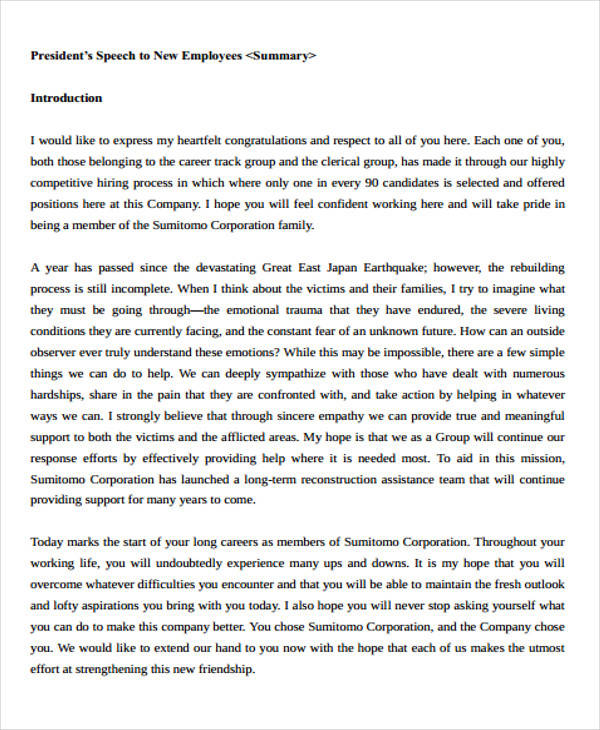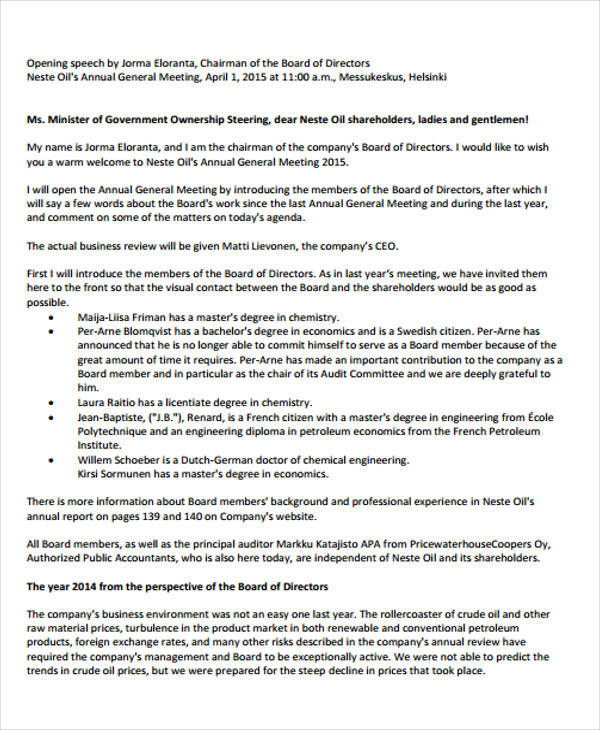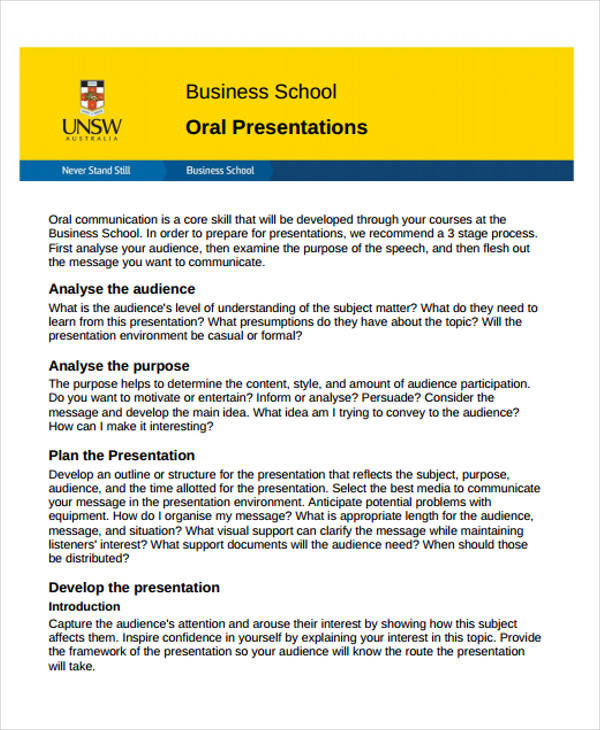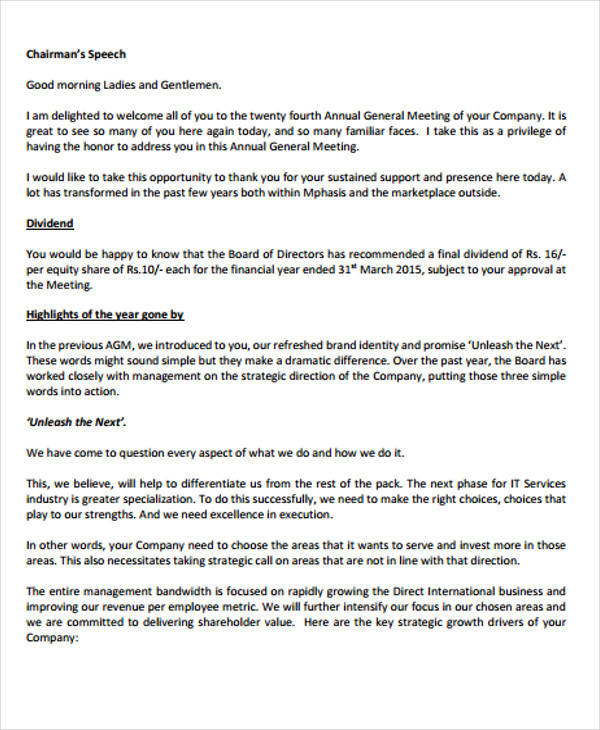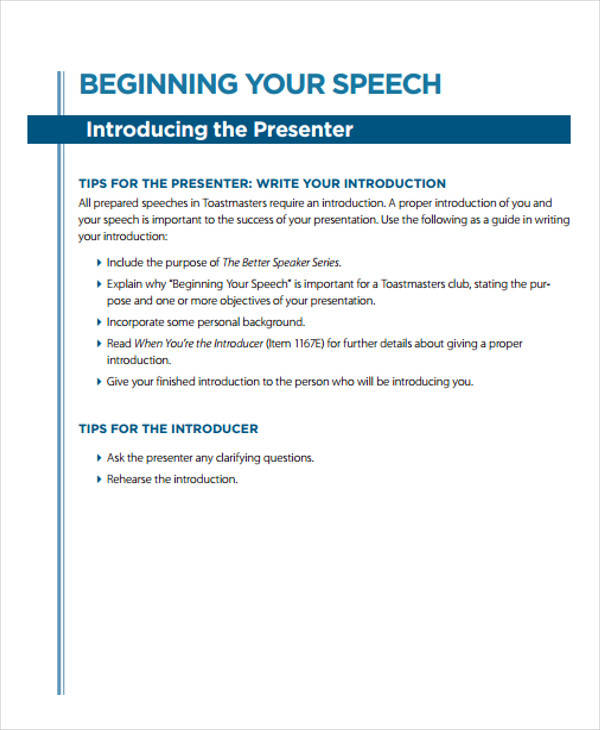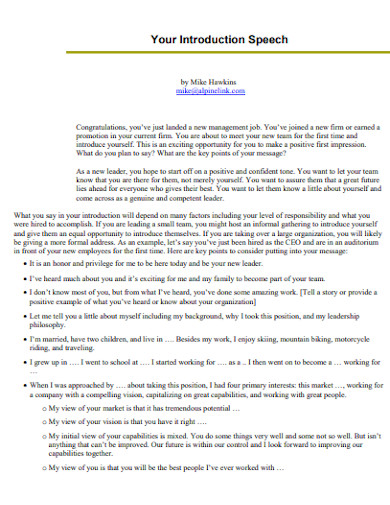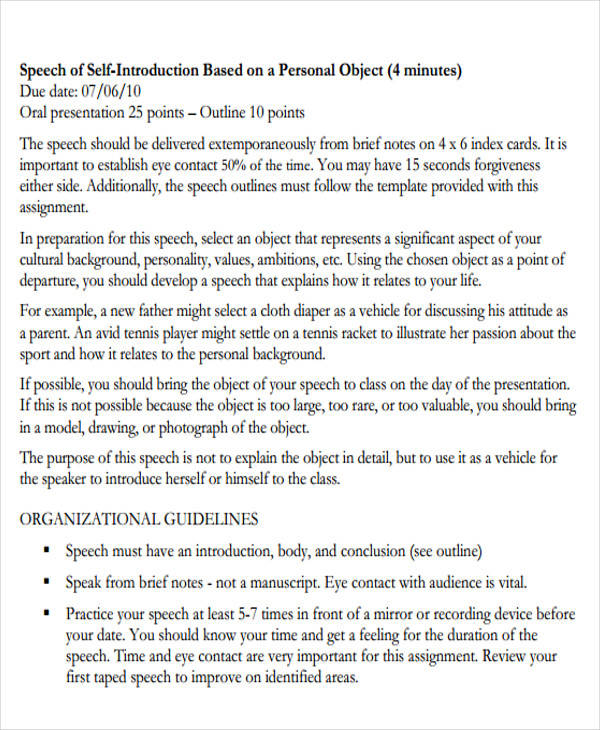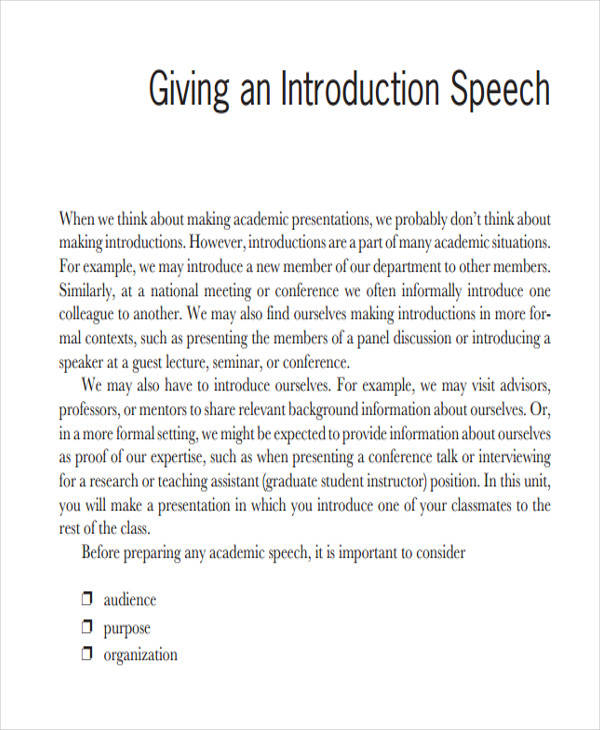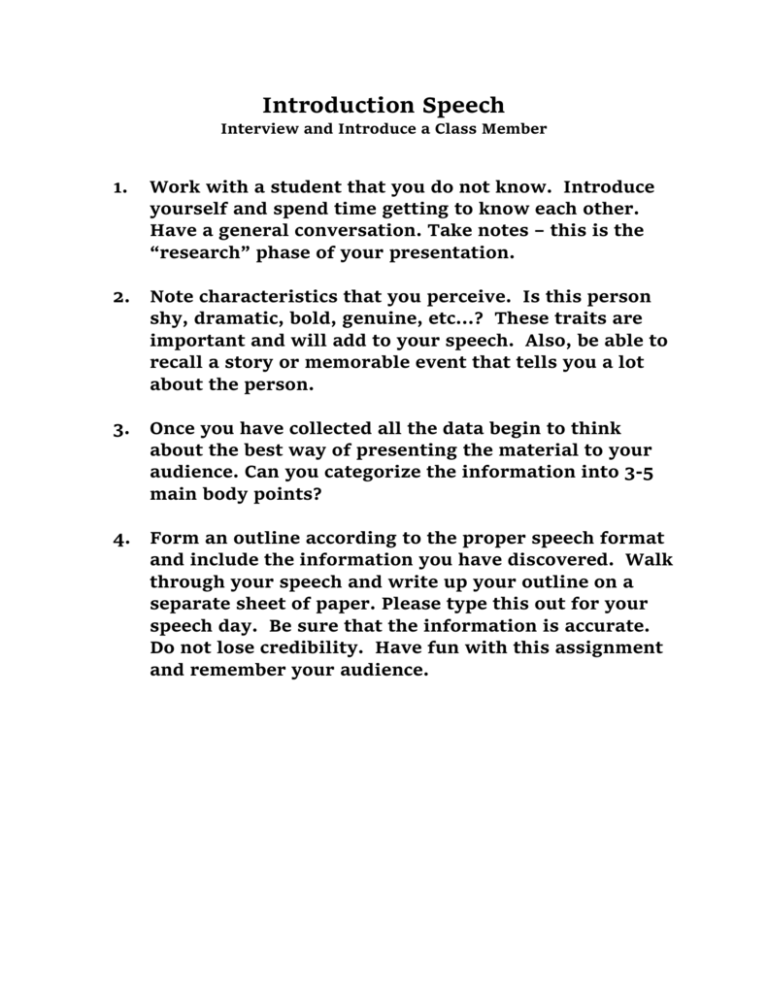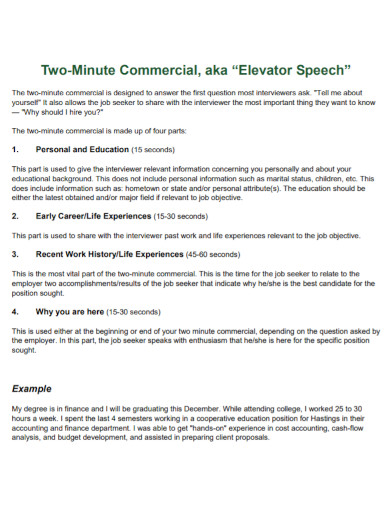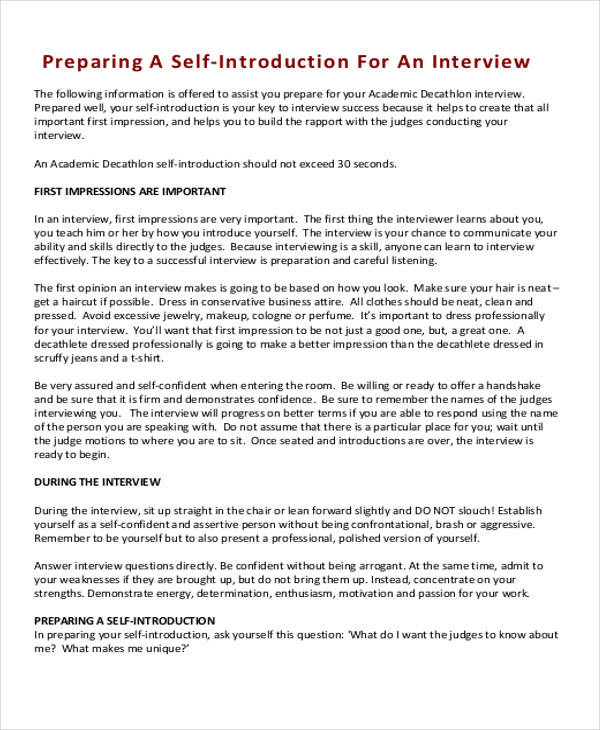The Introduction To A Business Speech Should
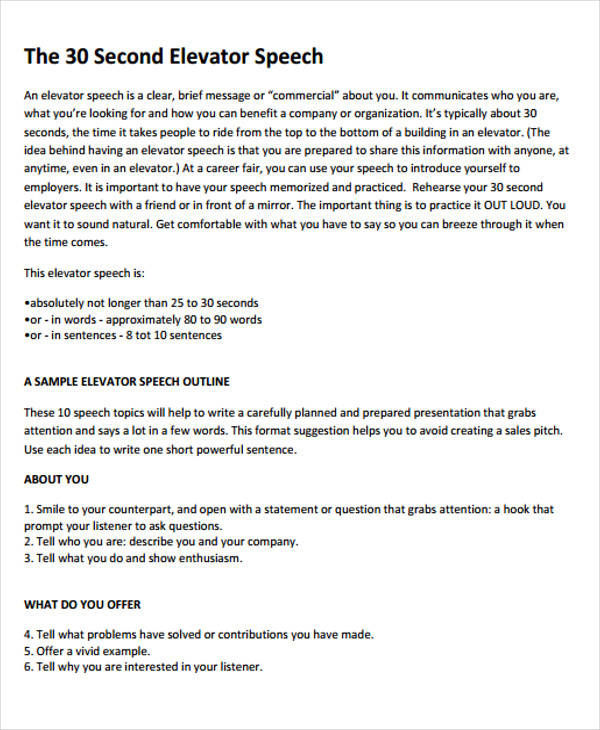
Business leaders face a critical challenge: lackluster speech introductions are costing companies time and resources. A new study reveals the key elements that can transform a dull opening into a captivating launch.
The report, released this morning by the Institute for Effective Communication (IEC), exposes widespread deficiencies in business speech introductions. These deficiencies are leading to disengaged audiences and missed opportunities.
The Core Findings
The IEC analyzed over 500 business speeches across various sectors. The analysis found that 67% of introductions failed to grab the audience's attention within the first 30 seconds.
This failure is attributed to several factors, including generic greetings, rambling introductions, and a lack of clear purpose. These all prevent the audience from knowing what the speech is about.
Key finding: A compelling introduction must clearly state the speaker's main point and the value the audience will receive.
The Three Pillars of an Effective Introduction
The IEC's report identifies three crucial elements for successful business speech introductions. These are crucial for creating engagement and setting the tone for the speech.
1. The Hook: A captivating opening statement or question that immediately grabs the audience's attention. This could be a surprising statistic, a relevant anecdote, or a thought-provoking question.
2. The Thesis: A clear and concise statement of the speaker's main argument or purpose. This element should be delivered in the first minute.
3. The Roadmap: A brief overview of the speech's structure and key topics.
"This gives the audience a mental framework and helps them follow along,"explained Dr. Anya Sharma, lead researcher at the IEC.
Furthermore, the report highlighted that speeches with these elements were 40% more likely to hold the audience's attention throughout the presentation.
The Impact of a Poor Introduction
The consequences of a weak introduction extend beyond mere boredom. They directly affect business outcomes, impacting deal closures, employee engagement, and brand perception.
According to the IEC, companies whose executives deliver compelling introductions see a 15% increase in positive feedback and a 10% improvement in key performance indicators (KPIs) related to communication.
Conversely, speeches with poor introductions were often associated with negative feedback and decreased audience participation. The study suggested a direct correlation between audience engagement and a speaker's ability to establish credibility early on.
Moving Forward
The IEC recommends that businesses invest in training programs focused on crafting effective speech introductions. There is a need to address common mistakes.
Dr. Sharma emphasized the importance of practicing and refining introductions:
"A well-crafted introduction is an investment in the success of the entire speech."
The IEC plans to release a follow-up report in six months. The report will detail specific techniques and strategies for implementing these principles in various business contexts.
